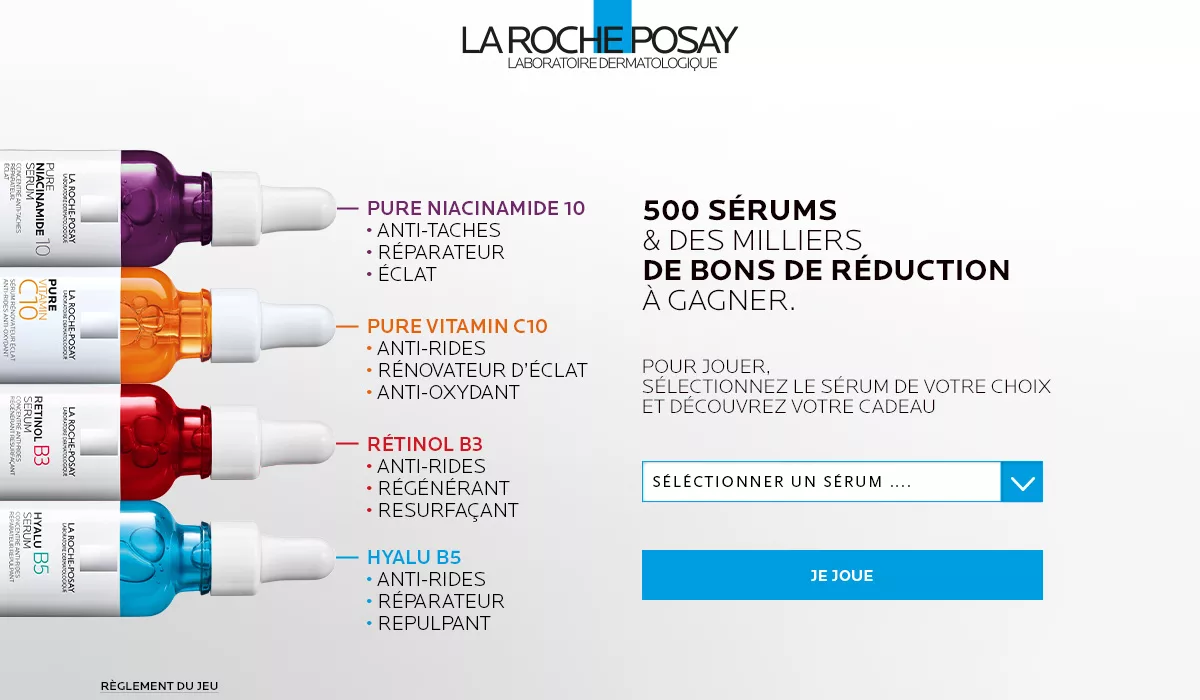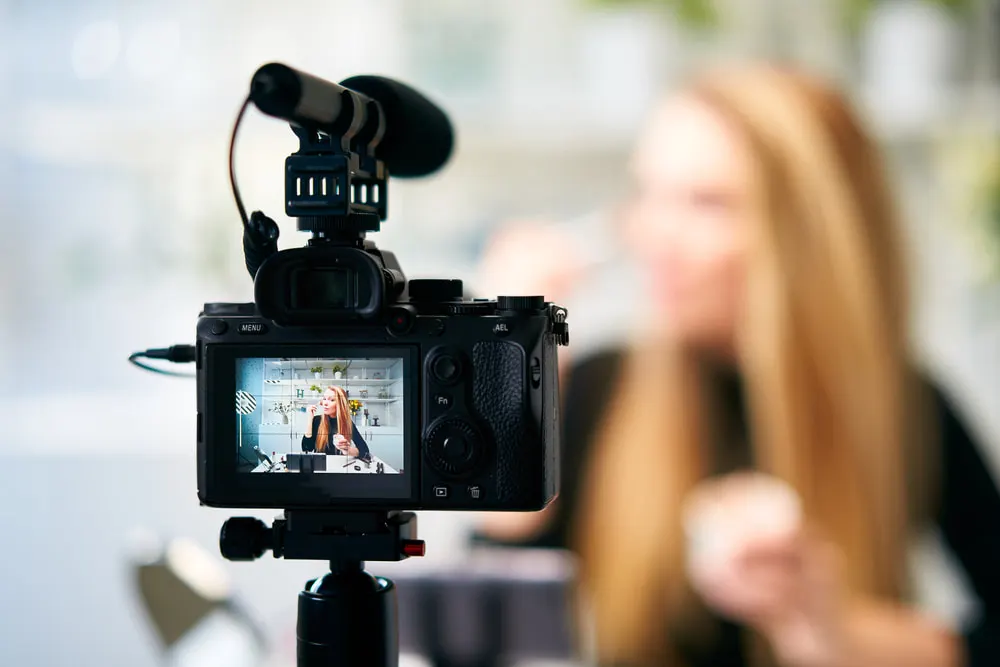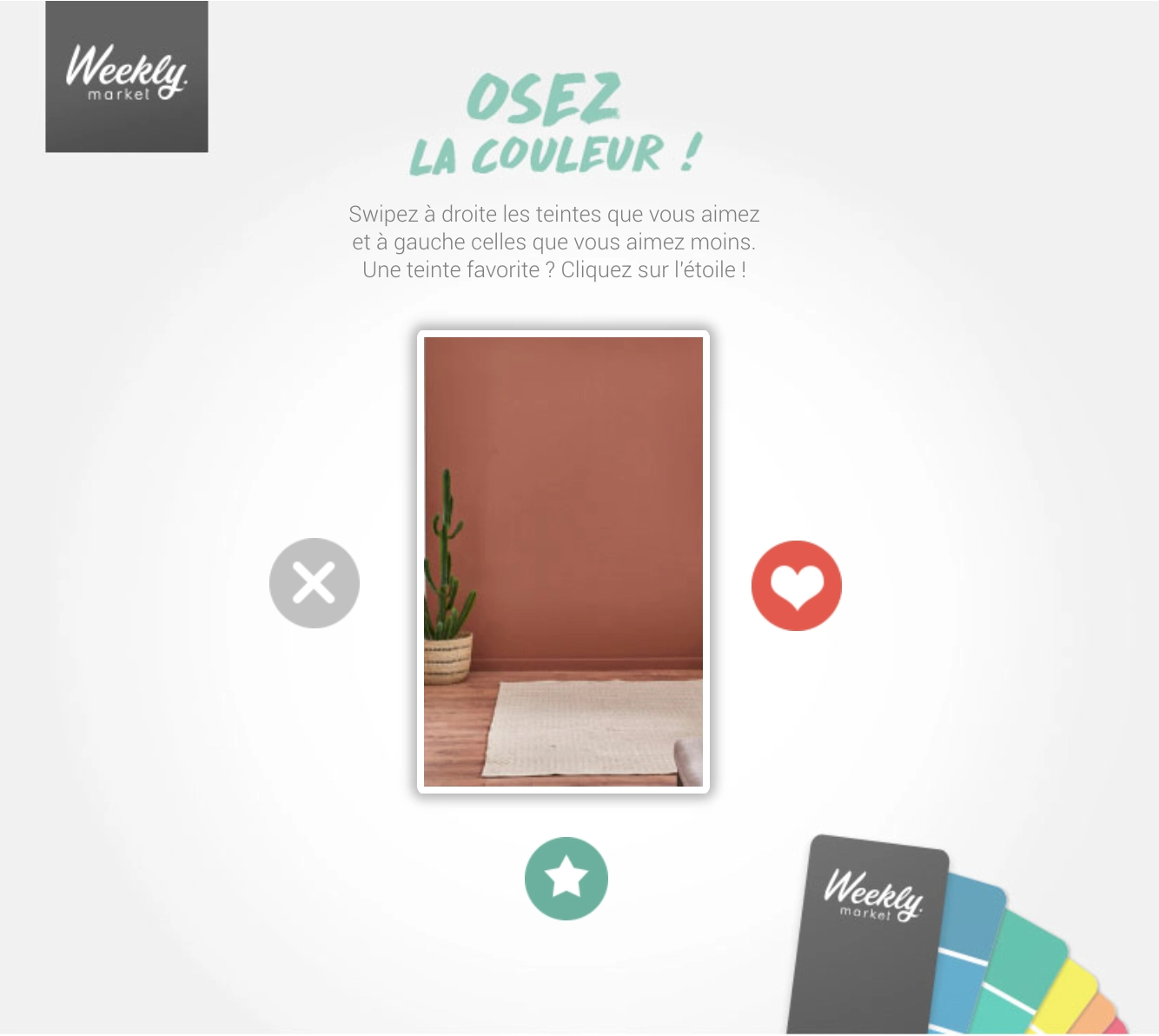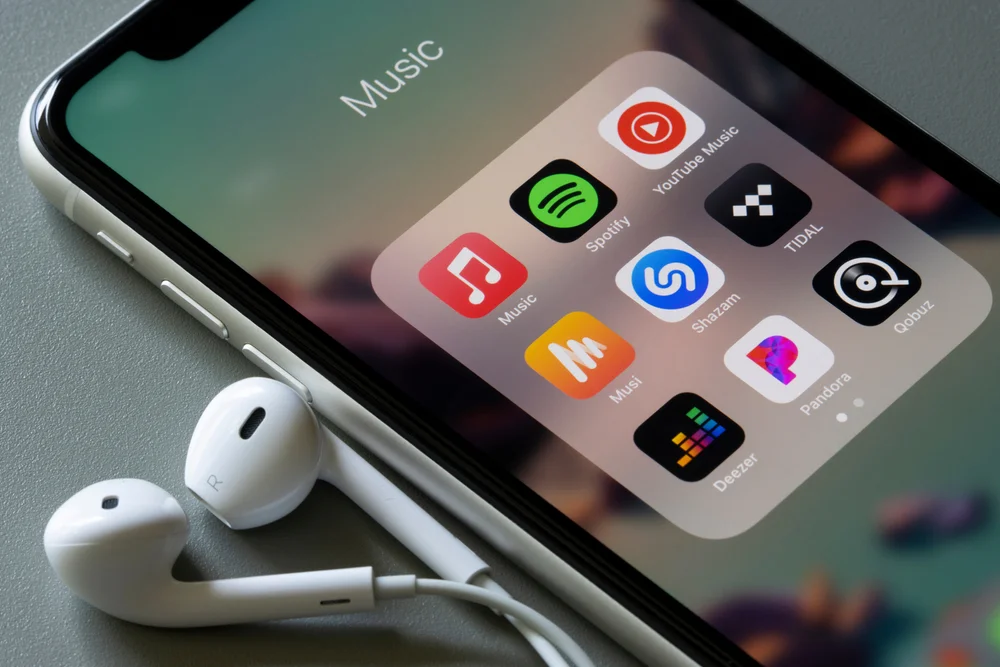Beauty is a sector that has always reinvented itself. Even during the pandemic, when we were all stuck at home or forced to wear masks, brands redoubled their creativity to adapt their beauty routines and products.
But beauty is also an ultra-competitive sector. Les nouveaux arrivants ont du mal à se faire de la place. De nombreuses marques ont émergé sur le créneau de la beauté naturelle et des produits bio. Mais l’offre est de plus en plus saturée et les consommateurs submergés sous les publicités.
To stand out from the crowd, beauty marketing needs to be innovative and original. By getting closer to their community of customers and relying on more authentic and playful campaigns, companies have the opportunity to reinvent themselves and win over new consumers.
Here are 3 innovative marketing levers to explore to boost visibility and conversion.
Marketing idea no. 1: Leveraging the community in the beauty sector
The beauty sector is fiercely competitive. Brands have to compete creatively to stand out from the crowd. One of the first levers they can use to stand out in beauty marketing is the community. Building a community of committed and loyal customers is one of the best barriers to entry that companies can create.
Co-creating in beauty through gamification
This co-creation process can be duplicated by sharing surveys on social networks to its audience. This will enable brands to better understand their customers’ expectations and consumer trends.
Another interesting mechanism: the swiper. Popularisé par des applications de dating comme Tinder, le principe consiste à swiper vers la gauche ou la droite pour choisir le look de make-up que l’on préfère. C’est un bon moyen pour les marques de identify the desires of its audience.
Interactive experiences to stand out from the crowd
Offering interactive advertising experiences as part of marketing campaigns also means :
- gain visibility. Notamment grâce à l’engagement de ses fans sur les réseaux sociaux ;
- generate authentic content. Il permettra de créer un lien de confiance avec ses prospects (via l’UGC, soit les publications partagées autour des produits de la marque par ses clients) ;
- co-create innovative products that really meet the expectations of their market;
- recruit new customers by leveraging the power of brand ambassadors;
- build customer loyalty by creating a much more human and authentic relationship between the brand and its users.
Many start-ups in the beauty sector have banked on the community as their main marketing lever. One example is the brand Respire. She has managed to build up a core group of fans during its crowdfunding campaign. Its customers were its first investors and now act as powerful ambassadors for the brand and its products.
Another inspiring use case is that of Nide.co. The beauty brand co-creates all its products with its community of customers. It is they who suggest new ideas, based on the needs they encounter (and which are not yet being met by other brands). Each idea is then put to the community for a vote. In this way, the brand ensures that it has a solid demand for each new product before it even begins to be produced.
Marketing idea no. 2: Prioritise personalisation and inclusiveness
The trend in the beauty world is towards personalisation and inclusivity. To compete with the big beauty brands like Sephora and L’Oréal, newcomers are increasingly focusing on specific niches. In this way, they address market segments that are often ignored by the market leaders. It’s an opportunity to win over ultra-committed customers who have long felt shunned by the more established brands.
It’s a strategy that singer Rihanna’s brand has applied. Fenty Beauty made a name for itself right from the start with its ultra-varied foundation palette. The brand aimed to appeal to women of all complexions, from the fairest to the darkest.
Another beauty brand that has managed to stand out thanks to this marketing idea of beauty is MÊME cosmetics. L’entreprise a en effet décidé de s’adresser spécifiquement aux femmes souffrant du cancer du sein. Elle leur propose des produits naturels et qui répondent à leurs besoins dans cette période délicate de leur vie.
Customisation is another way of addressing very niche needs while continuing to offer a wider range of products.
Many of the major generalist brands offer their new customers the chance to take a quiz. Il peut prendre par exemple la forme d’un gift finder. Il permet de trouver le cadeau idéal en collectant des préférences. Ce dernier fait office de diagnostic pour cibler leur type de peau ou de cheveu. La marque peut ensuite proposer des produits qui répondent mieux aux besoins de chaque client.
Gamification to collect customer data
Gamification is a particularly important lever here for collecting data in a fun and intuitive way. Users are invited to share personal data via a game or interactive format. They are all the more encouraged to share reliable and accurate information as they will be the first to benefit from it. In exchange for their answers, they will receive highly relevant recommendations. Customers can also benefit from vouchers to use on a personalised selection of products.
Marketing idea no. 3: Implement a coherent omnichannel marketing strategy
The way we discover and buy beauty products has changed dramatically. Nowadays, we no longer follow the advice of the muses but influencers that look like us. In the same way, we don’t necessarily buy our make-up in shops, but directly online.
Brands that want to stand out from the crowd in beauty marketing will need to succeed in creating an omnichannel experience (both digital and physical). They will be able to engage their prospects online thanks to interactive playable marketing.
For example, Showroomprivé has set up a Click & Win with a wide choice of prizes to highlight the new La Roche Posay serums. The activation attracted over 69,000 subscribers to this 100% winning activation, giving the product great visibility.

For customers who prefer to try out a product before buying it, a drive to store strategy will enable online marketing to be stepped up. Beauty brands will be able to capitalise on in-store events (with influencers, for example) to generate traffic to their physical points of sale. On-site competitions, via an interactive terminal or using Scan&Play, will make the retail experience more fun for consumers.
Conclusion
Engaging and retaining an audience has become a major challenge for brands in the beauty sector. To stand out from the crowd, they need to adopt new marketing ideas to make their branding more appealing to new consumers. Gamification will enable them to respond to all the main challenges they face (visibility, community engagement, personalisation through data collection and omnichannel activation).








